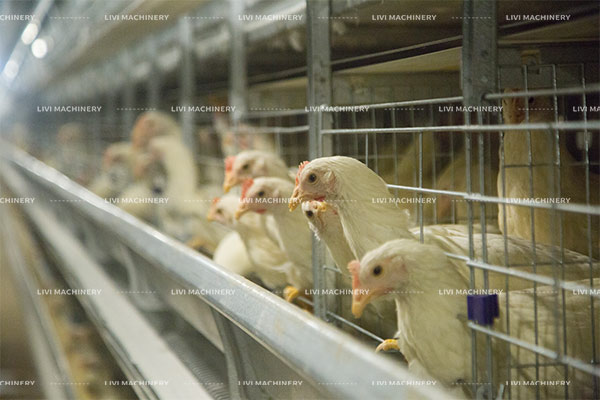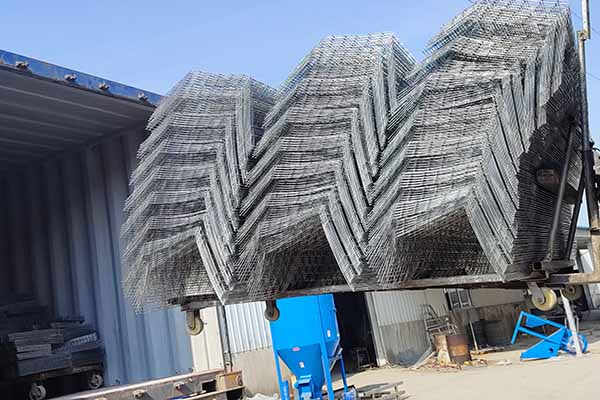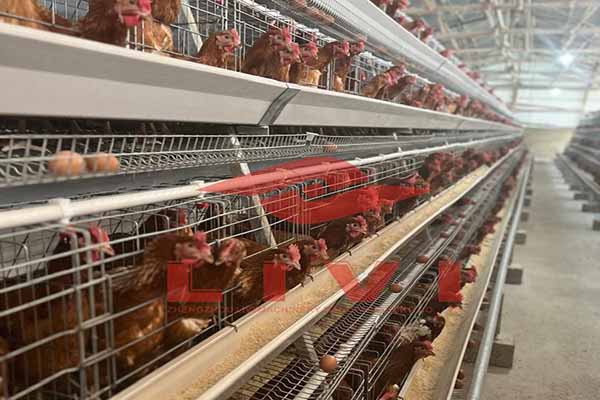Battery Cages for 20,000 Chickens in Ghana: A Comprehensive Guide
As the poultry industry in Ghana continues to grow, many farmers are looking for efficient and sustainable ways to increase their production. One of the most popular methods for raising chickens is the use of battery cages. This article provides an in-depth look at battery cages for 20,000 chickens in Ghana, including their benefits, costs, and the best practices for implementation.

Understanding Battery Cages
Battery cages are a type of confinement system used in commercial poultry farming. These cages are designed to house chickens in a controlled environment, with each cage holding up to 20-25 chickens. Battery cages are often made of metal and are stacked vertically to maximize space usage.
Benefits of Battery Cages for 20,000 Chickens in Ghana
- Space Efficiency: Battery cages allow for optimal use of space, which is particularly important in areas with limited land availability.
- Health and Sanitation: The closed design of battery cages helps to minimize the spread of diseases among chickens.
- Consistency in Production: By controlling the environment, farmers can achieve consistent egg production rates.
- Cost-Effective: Battery cages can be more cost-effective in the long run, as they reduce the need for feed and labor.
Setting Up Battery Cages for 20,000 Chickens in Ghana
When setting up battery cages for 20,000 chickens in Ghana, it’s important to consider the following factors:
- Space Requirements: Determine the amount of space required for the chickens and the battery cages. Typically, each chicken needs about 0.3 square meters of space.
- Number of Cages: Divide the total number of chickens (20,000) by the number of chickens per cage (20-25) to determine the total number of cages needed.
- Location: Choose a suitable location for the battery cages, ensuring it is accessible and has proper ventilation.
- Design: Select a battery cage design that meets your specific requirements, considering factors such as material, size, and features.
Cost Analysis
The cost of setting up battery  cages for 20,000 chickens in Ghana can vary depending on the quality of the equipment and the materials used. As a general guideline:
cages for 20,000 chickens in Ghana can vary depending on the quality of the equipment and the materials used. As a general guideline:
< /table>ConclusionInvesting in battery cages for 20,000 chickens in Ghana can be a profitable venture for poultry farmers. By understanding the benefits, costs, and best practices for implementation, you can make informed decisions to maximize your farm’s productivity.For more information on battery cages and other poultry farming solutions, feel free to leave a comment below or contact us for a free, no-obligation consultation. Our team of experts will provide you with a tailored solution and equipment quote for your farm.
/table>ConclusionInvesting in battery cages for 20,000 chickens in Ghana can be a profitable venture for poultry farmers. By understanding the benefits, costs, and best practices for implementation, you can make informed decisions to maximize your farm’s productivity.For more information on battery cages and other poultry farming solutions, feel free to leave a comment below or contact us for a free, no-obligation consultation. Our team of experts will provide you with a tailored solution and equipment quote for your farm.
| Item | Cost (USD) |
|---|---|
| Battery Cages (per cage) | 50 – 100 |
| Feeding Equipment | 200 – 500 |
| Watering System | 100 – 300 |
| Other Accessories | 100 – 300 |
| Total Cost | 12,000 – 25,000 |
